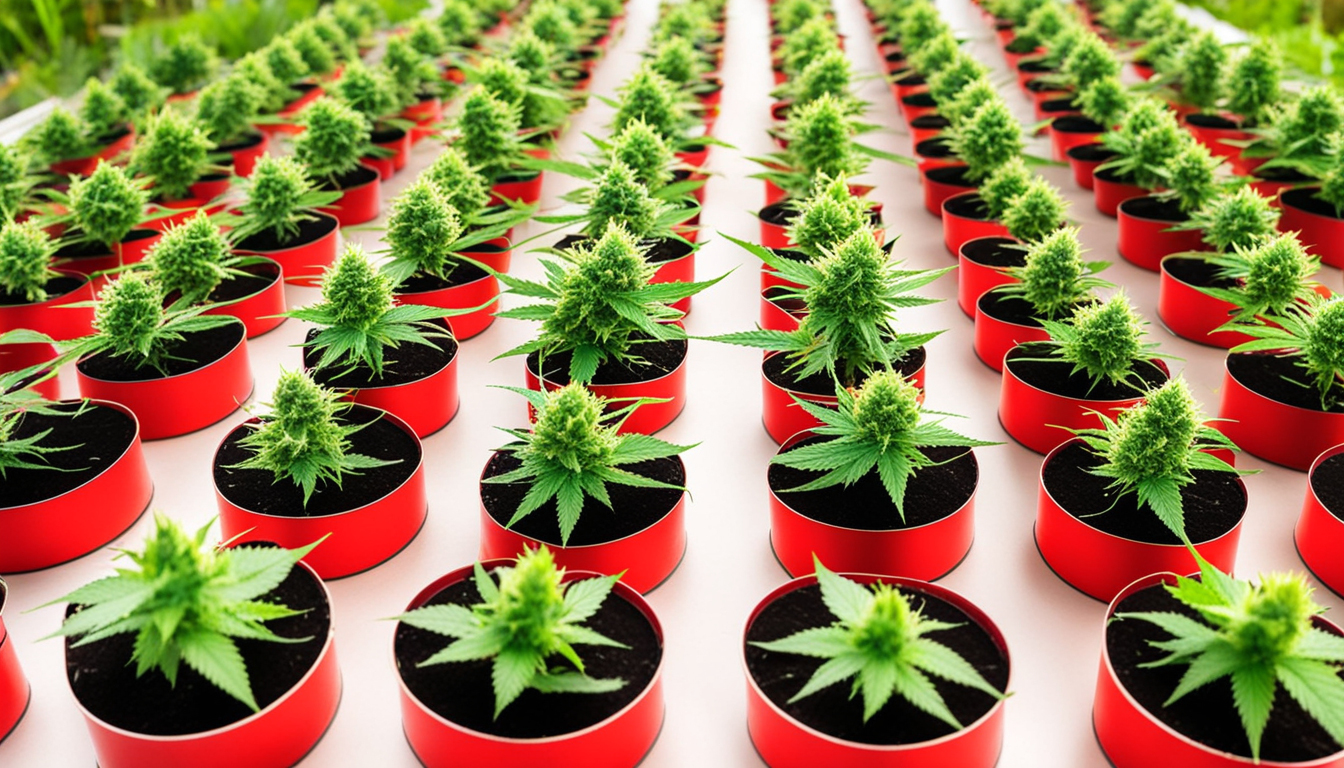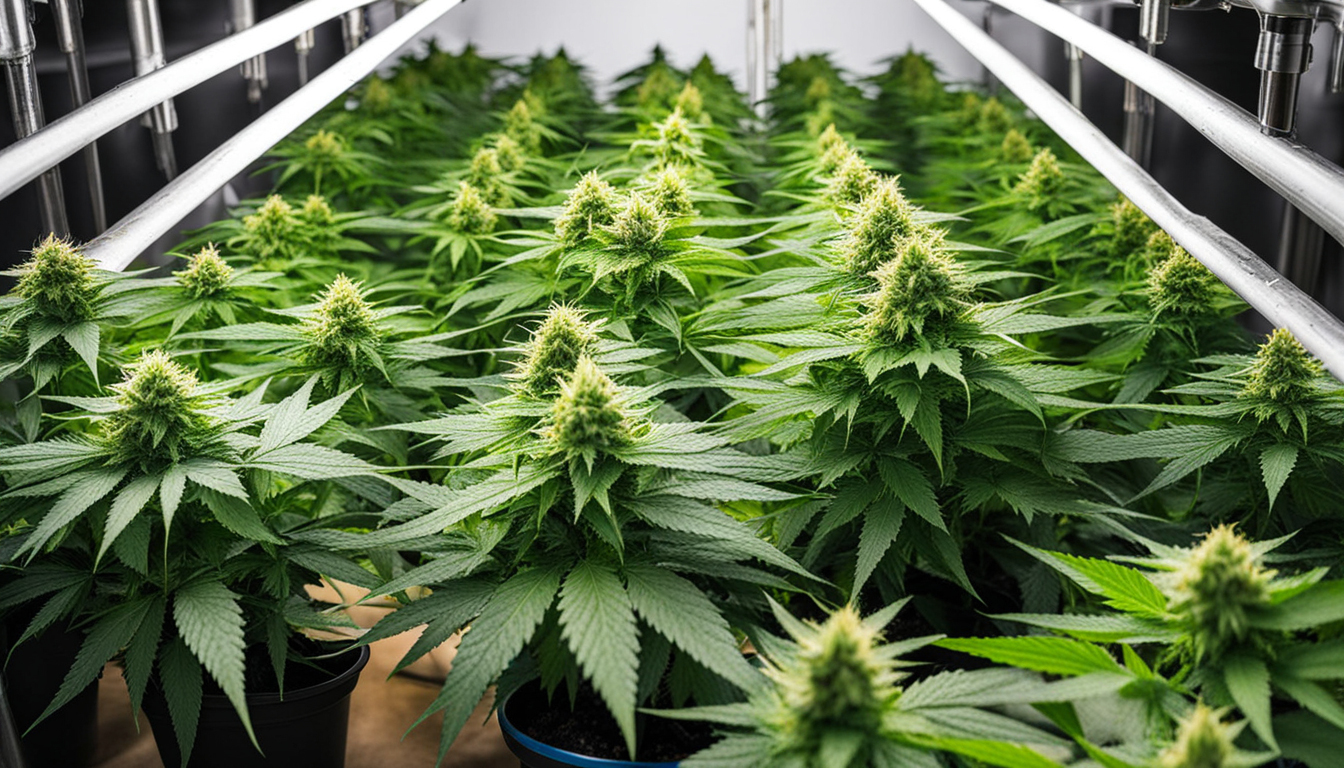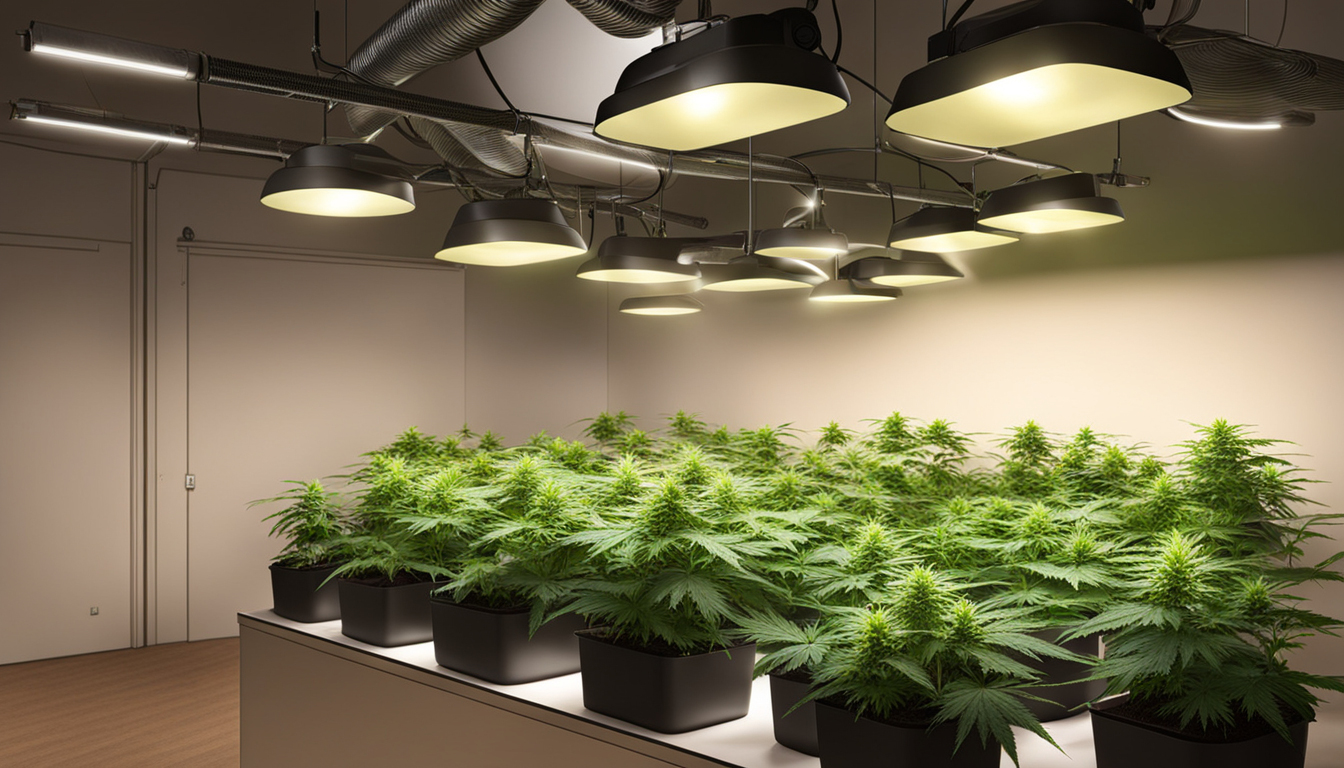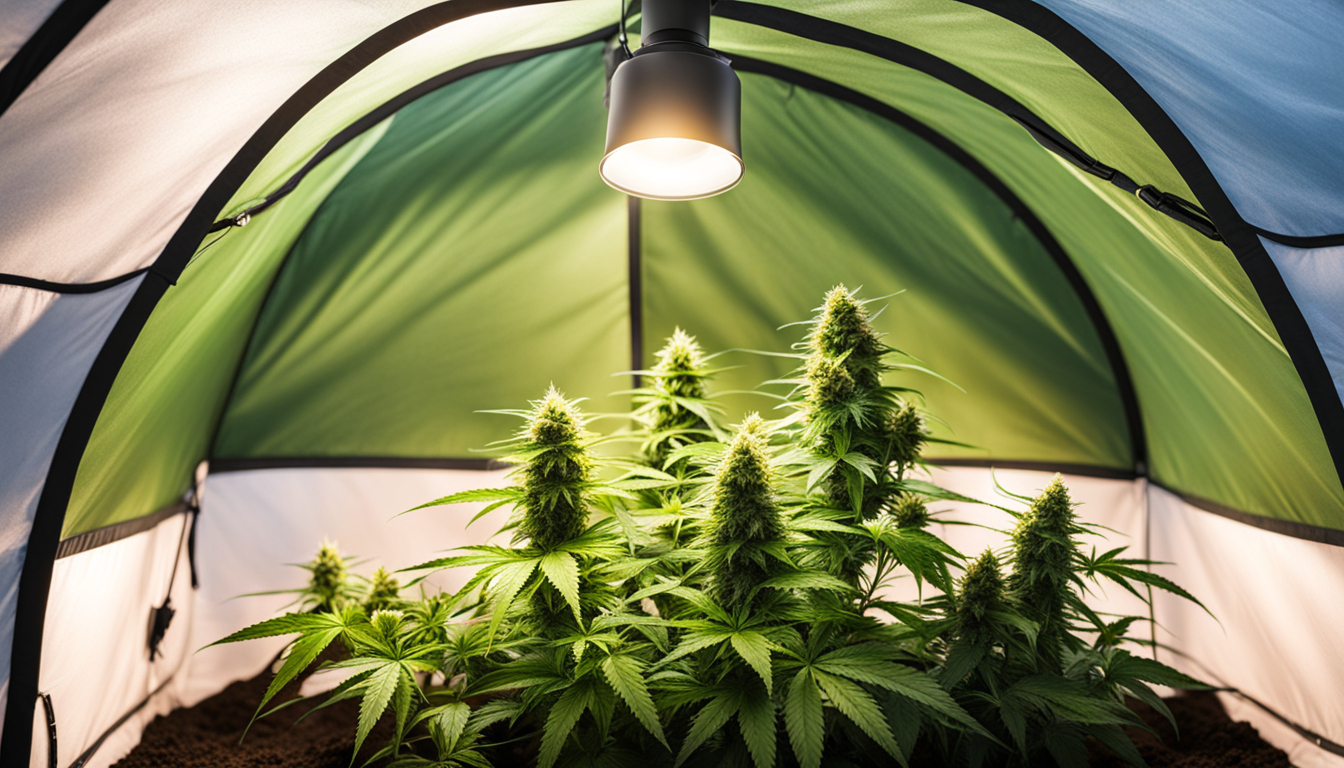
Whether you're beginning cannabis growing or looking to improve your existing harvest, following this complete guide will help you produce large, high-quality yields right at home. With the right gear, strategies, and attention, growing marijuana indoors can be an extremely productive and cost-effective endeavor.
Choosing Cannabis Strains
The first step in planning your indoor harvest is picking the right weed cultivars to produce. The three main types of weed plants each have their own traits.
Energizing strains
Known for their energizing intellectual effects, these strains spread tall and slender with narrow leaves. They thrive in warmer equatorial climates and have a longer flowering time between 2.5-3 months indoors. Top energizing varieties include Sour Diesel, Durban Poison, and Jack Herer.
Relaxing strains
These strains provide relaxing full-body effects and spread short and bushy with broad leaves. Adapted to cooler mountain climates, they bloom faster within 2-2.25 months. Popular indica strains include Granddaddy Purple, Northern Lights, and Bubba Kush.
Hybrids
Hybrid strains blend traits from both sativas and relaxing strains. They offer blended effects and have medium blooming times around 2.25-2.5 months. Popular mixes are OG Kush, Girl Scout Cookies, and Blue Dream.

Setting Up Your Grow Space
Weed plants need the right controlled environment to flourish. Key factors for indoor cultivations are lights, airflow, layout, and finding the ideal discreet spot.
Location
Choose an unused space with easy access to irrigation and power outlets. An empty extra bedroom, unused closet, corner of the basement, or grow tent locked away in a garage all make great discreet cultivation room spots.
Lights
Marijuana requires strong light for all growth stages. LEDs are efficient and come in full spectrum options mimicking real sunlight. Cover 250-400 watts per sq. ft for the vegetative stage and 20-40 watts per sq. ft. for flowering.
Ventilation
Proper ventilation and exhaust systems maintain ideal temperature, moisture, and pure CO2 levels. Install quiet 10-15 cm fans or carbon filters to circulate stale air and eliminate smells.
Layout
Maximize your space by positioning plants carefully under the lights and allowing room to access and work around them. Set up separate zones for growth, flowering, curing, and propagation.

Growing Substrates
Weed can be cultivated in different substrates, each with pros and cons. Pick a proper option for your particular setup and growing style.
Soil
The traditional medium, soil is cheap and easy for new growers. It provides excellent flavor but needs more watering and nutrients to feed plants. Amend soil with vermiculite or coco to enhance drainage.
Coconut coir
Made from coconut husks, reusable coconut fiber retains water but still lets in air to the roots. It's more sterile and more predictable than soil. Use coir-specific nutrients to prevent calcium buildup.
Hydroponics
In water systems, plant roots grow right in fertilizer water solution. This enables quick growth but needs close monitoring of solution properties. Deep water culture and irrigation systems are popular techniques.
Germinating Seeds
Sprouting activates your pot seeds to begin sprouting radicles. This prepares them for transplanting into their growing medium.
Paper Towel Method
Put seeds between damp paper towels and maintain them moist. Check after a week for growing radicles indicating sprouting is complete.
Direct Planting
Plant seeds right into wetted growing medium 6mm deep. Gently water and wait 7-14 days until sprouts push through the top.
Cubic rockwool
Presoak rockwool cubes in pH-adjusted water. Place seeds 1⁄4 inch deep into the cubes. Keep cubes moist until sprouts appear within 1-14 days.
Transplanting Seedlings
Once sprouted, marijuana young plants need to be transplanted to avoid crowding. Move them into proper sized pots.
Preparing Containers
Fill final containers with cultivation medium enriched with slow-release nutrients. Allow pots to soak up water for 8-12 hours before transplanting.
Carefully Transplanting
Gently loosen seedling roots from germination medium using a spoon. Place into pre-soaked pot at equal depth as before and gently water in.
Vegetative Stage
The vegetative stage encourages foliage and plant structure through 18-24 hours of daily light intensity. This stage usually lasts 1-2 months.
Using 3/4 to full day of Lighting
Use grow lights on a 24 hour cycle or natural sunlight to initiate nonstop growth. Lamp intensity influences size and internodal spacing.
Fertilizing
Use grow stage fertilizers richer in N. Make sure pH stays around 6.5 for proper nutrient absorption. Feed 25-50% concentration after 2 weeks and increase gradually.
Training Techniques
Topping, LST, and trellising direct shoot shapes for flat canopies. This Discover More increases yields.

Flowering Stage
The flowering stage grows buds as plants reveal their sex under a 12 hour light schedule. It lasts 8-12 weeks depending on strain.
Changing Light Schedule
Change lamps to 12/12 or place outdoors for natural 12/12 timing. This triggers plants to begin flowering.
Stop Fertilizing
Flushing removes fertilizer residuals to enhance flavor. Fertilize weakly the first period then just use pH'd water the final Learn More 2 weeks.
Flushing
Continue 12/12 light timing but leach using neutral pH water only. Return to plain watering if buds aren't ripe after two weeks.
Reaping
Knowing when cannabis is completely mature delivers maximum cannabinoid content and aroma. Harvest plants at optimal ripeness.
Signs of readiness
Check fading pistils, swelling calyxes, and 10-15% amber trichomes. Inspect buds around the plant as they don't all ripen evenly.
Harvesting plants
Use sterilized, razor-sharp trimming scissors to gently cut each plant at the base. Keep 5-10cm of stalk attached.
Drying
Hang intact plants or branches upside down in a lightless room with moderate temperature and RH around 45-65% for 1-2 weeks.
Curing
Aging continues desiccating while improving the buds like fine wine. This technique mellows harshness and intensifies terpene and terpene profiles.
Curing containers
Manicure dried buds from branches and place into sealed containers, packing about 3⁄4 full. Use a hygrometer to monitor jar humidity.
Opening jars daily
Open jars for a short time daily to gradually reduce humidity. Remoisten buds if humidity goes under 55%.
Final Cure
After 14-21 days when moisture stabilizes around 55-60%, do a final manicure and store forever in sealed jars.
Common Problems and Solutions
Even seasoned growers run into different weed plant problems. Detect issues soon and address them properly to keep a healthy garden.
Poor feeding
Yellowing leaves often Find Out More signify insufficient nitrogen. Anthocyanins and leaves signal phosphorus deficiency. Test pH and increase fertilizers gradually.
Bugs
Spider mites, fungus gnats, mites, and root aphids are frequent weed pests. Use neem oil sprays, predator bugs, and yellow traps for natural control.
Powdery mildew
High moisture encourages botrytis and bud rot. Increase airflow and venting while lowering RH below 50% during bloom.

Summary
With this complete indoor weed growing guide, you now have the info to cultivate plentiful potent buds for private harvests. Follow these techniques and methods throughout the seed starting, growth, and bloom stages. Invest in good gear and closely monitor your plants. In time, you'll be rewarded with sticky fragrant buds you raised yourself under the loving care of your green thumbs. Good luck cultivating!